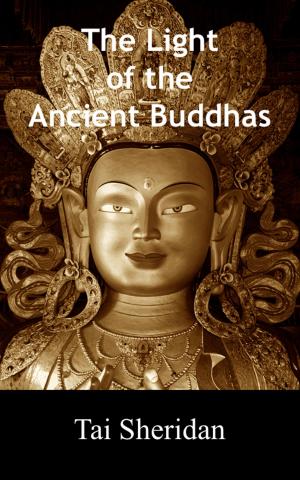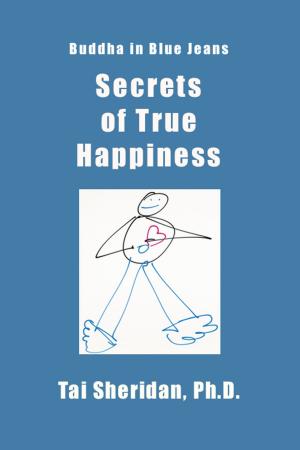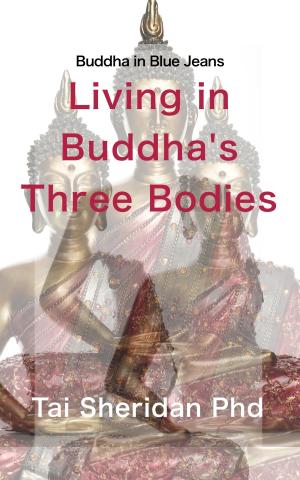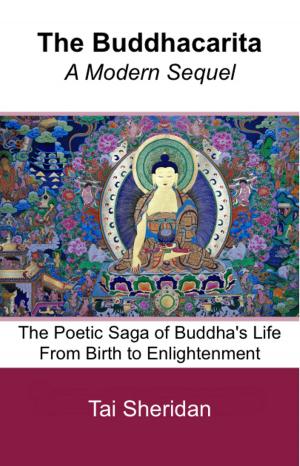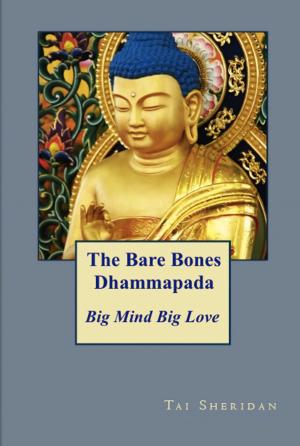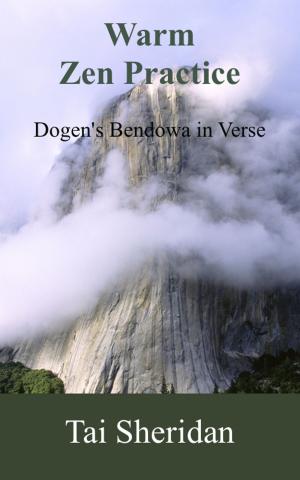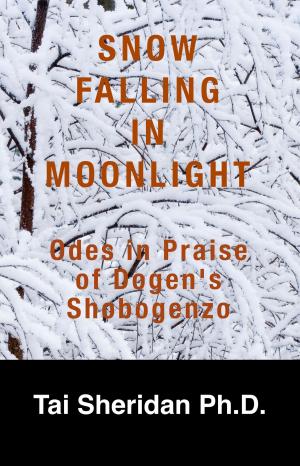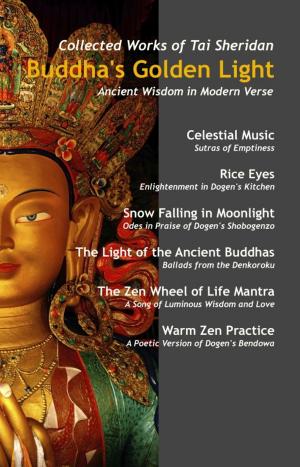Rice Eyes: Enlightenment in Dogen's Kitchen
Nonfiction, Religion & Spirituality, Eastern Religions, Buddhism| Author: | Tai Sheridan, Ph.D. | ISBN: | 9781458124302 |
| Publisher: | Tai Sheridan, Ph.D. | Publication: | February 22, 2011 |
| Imprint: | Smashwords Edition | Language: | English |
| Author: | Tai Sheridan, Ph.D. |
| ISBN: | 9781458124302 |
| Publisher: | Tai Sheridan, Ph.D. |
| Publication: | February 22, 2011 |
| Imprint: | Smashwords Edition |
| Language: | English |
A poetic presentation of Dogen's essay Tenzo Kyokun, Instructions to the Cook, by Poet-Philosopher and Zen Priest Tai Sheridan . 'Rice Eyes' is a metaphor for the non-dual world, the essential Buddhist experience of oneness. Dogen uses the role of Tenzo, or head cook, to demonstrate how to live, work, and experience a spiritual life that brings benefit to everyone.
Dogen lived from 1200 to 1253. He was the father of the Soto lineage of Zen in Japan, a school of Zen now firmly rooted in America and the West. His seminal essay, Instructions to the Cook (Tenzo Kyokun), is an important expression about living an aware and joyful life during daily activities.
The author has transformed Dogen's essay from prose into poetry, and created subdivisions by topic that clarify the essay. He has also replaced the twelfth century idioms with contemporary language and images to render Dogen's ideas more understandable. He has maintained the sequence of Dogen's essays and uses the original images to structure and build the verses.
A poetic presentation of Dogen's essay Tenzo Kyokun, Instructions to the Cook, by Poet-Philosopher and Zen Priest Tai Sheridan . 'Rice Eyes' is a metaphor for the non-dual world, the essential Buddhist experience of oneness. Dogen uses the role of Tenzo, or head cook, to demonstrate how to live, work, and experience a spiritual life that brings benefit to everyone.
Dogen lived from 1200 to 1253. He was the father of the Soto lineage of Zen in Japan, a school of Zen now firmly rooted in America and the West. His seminal essay, Instructions to the Cook (Tenzo Kyokun), is an important expression about living an aware and joyful life during daily activities.
The author has transformed Dogen's essay from prose into poetry, and created subdivisions by topic that clarify the essay. He has also replaced the twelfth century idioms with contemporary language and images to render Dogen's ideas more understandable. He has maintained the sequence of Dogen's essays and uses the original images to structure and build the verses.



